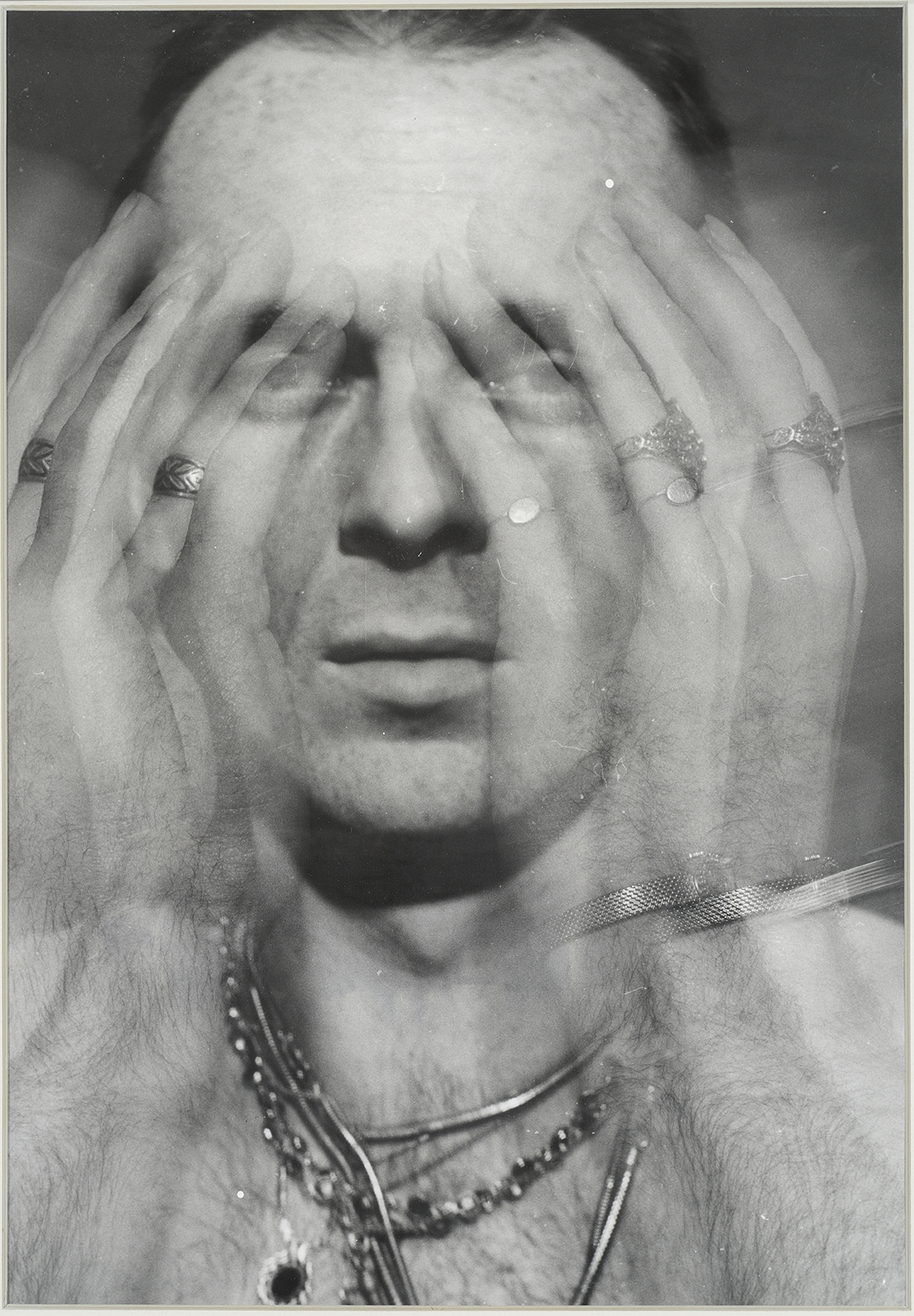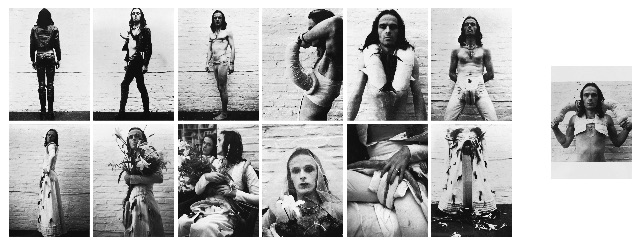Klauke, Jürgen


Born 1943 in Kliding, Germany, lives in Cologne
No other artist has confronted sexual obsession as radically as Jürgen Klauke does in his drawings and photography. Amidst the petty bourgeois, bigoted, rigid West German society of the early 1970s, he shattered probably all social, ethical, and aesthetic norms relating to sexuality, and did so with an enviable passion.
Klauke’s artistic mentors are the French intellectuals Georges Bataille and Jean Genet, and in particular the Viennese actionists. Like them, he uses his own body as a surface to project multiple identities and sexes. Instinct is a central idea in his works; in his own words, it “eradicates this eternal agenda of guilt and repentance. Desire and its expression in images are decisive. Uninhibited free will coming into contact with uninhibited aesthetic will.”
Klauke appears in photos nude or only in women’s stockings, or as in the Self-Performance series from 1972/73, in a woman’s dress, a veil, and white lilies with a frivolous expression, painted face, and obscene crotch padding. In his provocative photos, he is dressed in seductive women’s lingerie with a garter belt, but with a bishop’s mitre on his head and a staff in his hand. A similar commotion was created by his series Dr. Miller Sex Shop oder So stell’ ich mir die Liebe vor (Dr Miller’s Sex Shop or This is How I Imagine Love) from 1977, in which he dresses in sexual accessories or sticks them in his mouth and other orifices. His artistic expression would seem to confirm the theories of the French philosophers Gilles Deleuze and Félix Guattari relating to the “lust machine”, which Klauke understands more as a machine of deficiencies. As he puts it, “most of my yearnings are the result of infinite prohibitions as well as hopeful, prying fantasies. What would happen if I could do what I desired? To put it in formal German: ‘Immediately fuck the whole world, from the front and the rear, and when I am finished, do it again.’”
This is the aim of his art even today: to break through all imaginable boundaries in search of an authentic self. In the process, however, it seems that this self has plunged deeper into aesthetic norms and lost its individuality. “What remains is a lot of flesh. An external surface. The body becomes a requisite.” This is how Klauke himself characterizes this development, which he understands as a parallel to what is happening around him.
